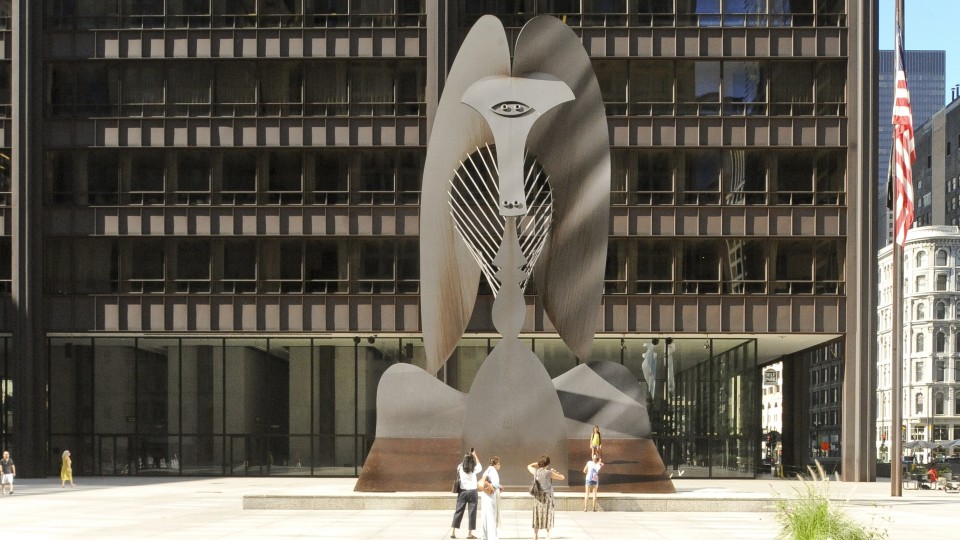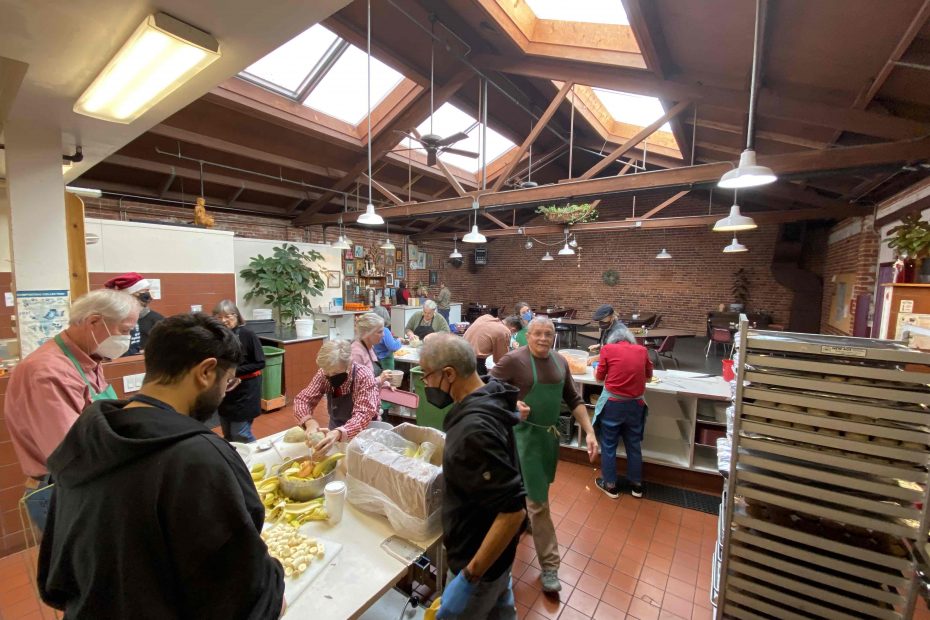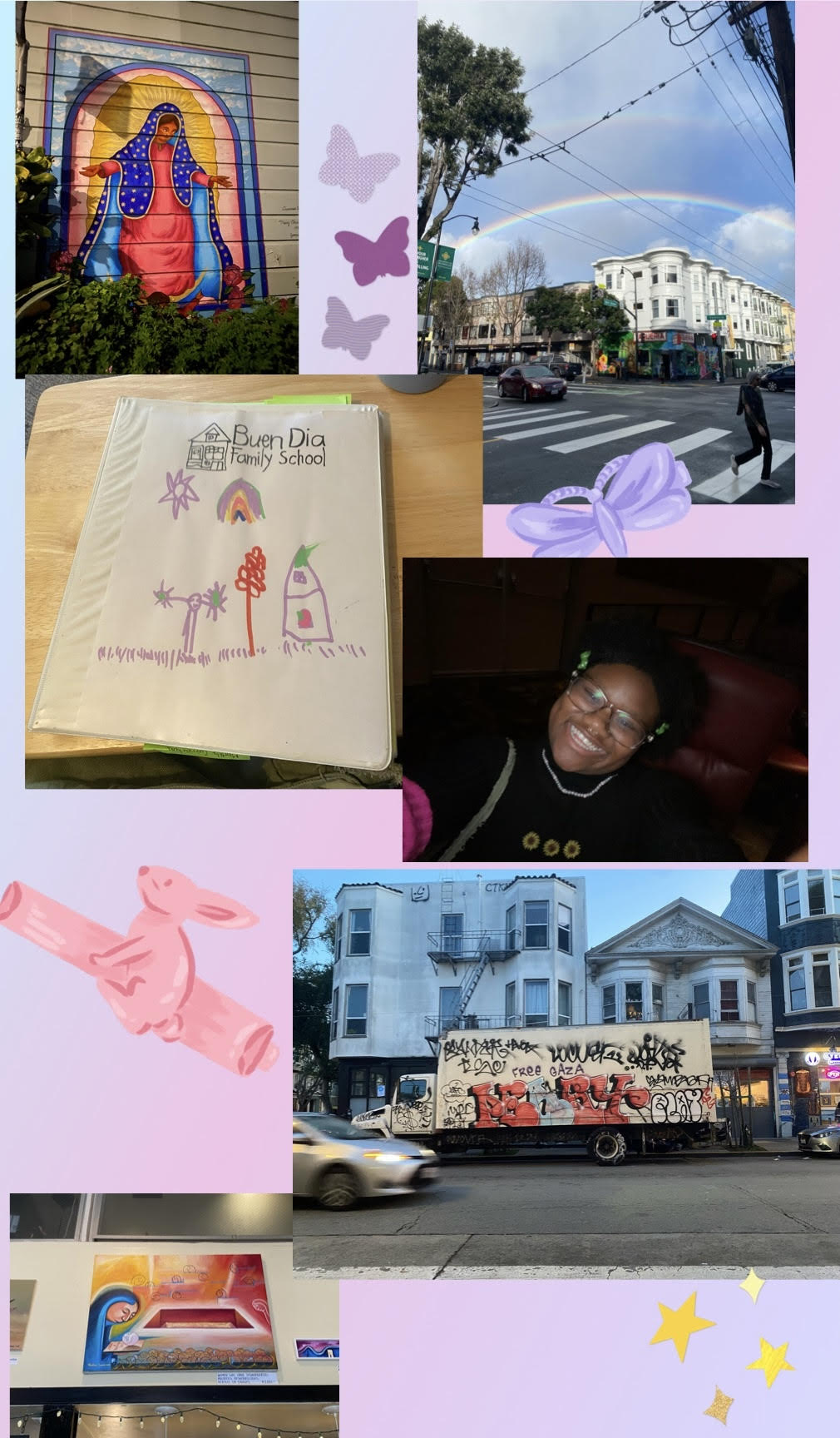The first time I entered the Daley Center in downtown Chicago was a jarring experience. Not because of witnessing someone being dragged out of a courtroom screaming obscenities at the judge or seeing a heated exchange between lawyers, but rather for quite the opposite. Everything felt empty.
It was early in the morning, about 9 a.m. on a Friday, during my second week in the city. As I stood in the lobby waiting for my boss, Phillip, to arrive, I saw security scanning people through without much hassle. Someone ambled by without getting a temperature check and a guard gave a halfhearted attempt to have someone track them down but nothing came of it. I was watching a skeleton crew in action.
When Phillip joined me, we went up the elevator to the waiting area outside of a courtroom. Hardly anyone other than those involved in our case came up to our floor (I only saw a solitary janitor walk through the hallway as we sat down to wait. Phillip’s client came, we shook hands and exchanged pleasantries, and together we waited to be let inside and for opposing counsel’s arrival as, apparently, they are often late to court appearances. After getting confirmation that I was allowed inside, we all entered the courtroom. Large plastic panes stood on the counsel desks and the judge’s bench, a change I suspect will become a permanent fixture in courts from now on for many reasons.
Today was not a hearing or trial, but simply a status update on the case where motions and items would also be dealt with. Phillip’s intention was to request more items for the discovery process—a.k.a. the legal means by which lawyers obtain documentation and evidence from various entities to be logged and cataloged so that the judge knows ahead of time what is being presented during the final trial or hearing—in order to have access to important financial documents related to the case. These would be used as evidence for a deposition set to be held a few weeks after this hearing.
As the hearing commenced, I observed the “In God We Trust” lettering posted on the wall and found it slightly strange if not chilling based on everything that has taken place within the past year. Although, of course, it’s simply another feature of the court system that has been present for close to two centuries. I then turned my full attention back to the situation at hand.
Once the status was over, the clients and their lawyers met in a room off the side of the court to discuss what had occurred before parting ways. Phillip and the opposing counsel then filled out the paperwork necessary to file their motions. After chatting with the other attorney for a while, we reviewed the case and prepared for the next stages.
This was not the last time I went to the Daley Center and, as of writing this, I know I will be returning at least one more time for the same case. Though I cannot say much about the details of the case in order to protect the confidentiality of those involved, it has made it very clear that we are in the midst of a major transition in our courts, prompted by the conditions we are living under and the slow pace of return for many workers. Whether one wants to admit it or not, everything we know about the judicial structure is changing.
Photo credit: https://www.architecture.org/






